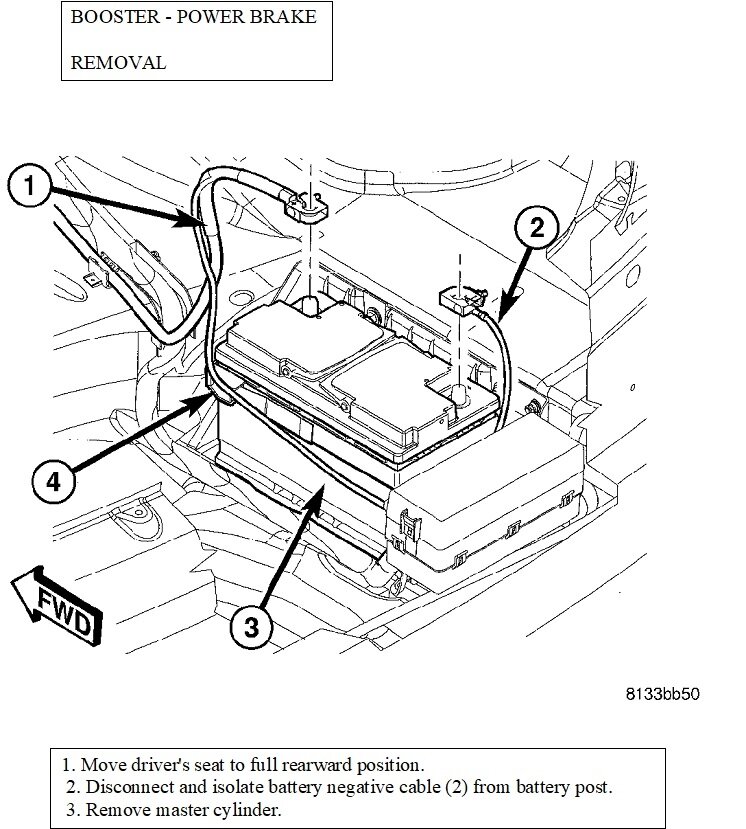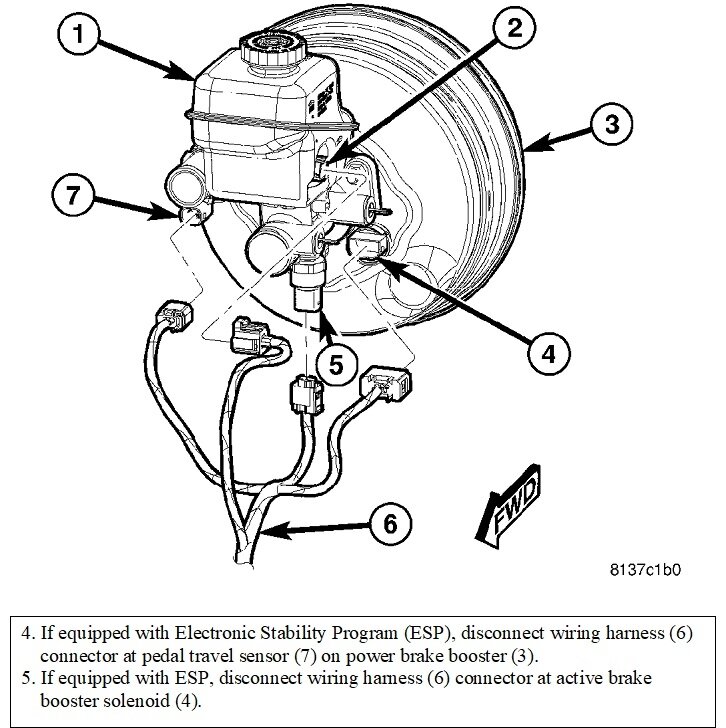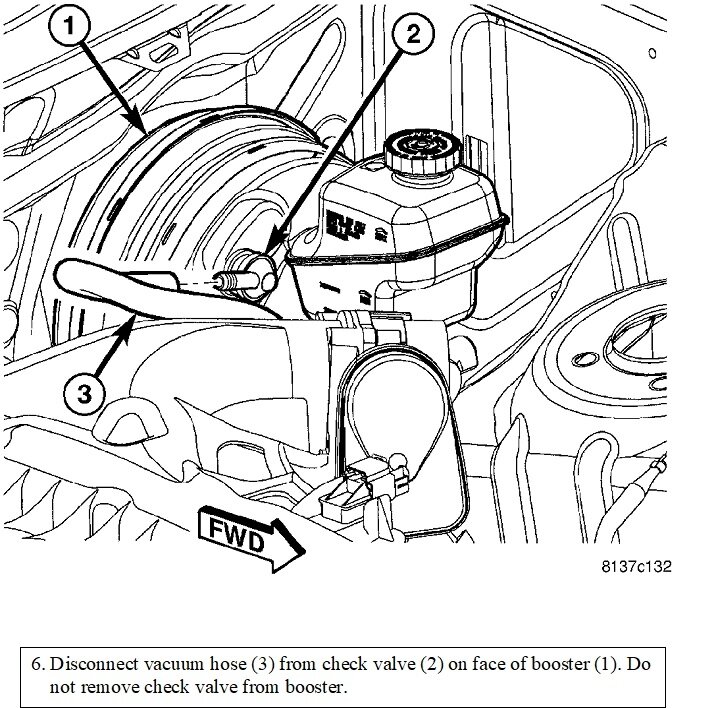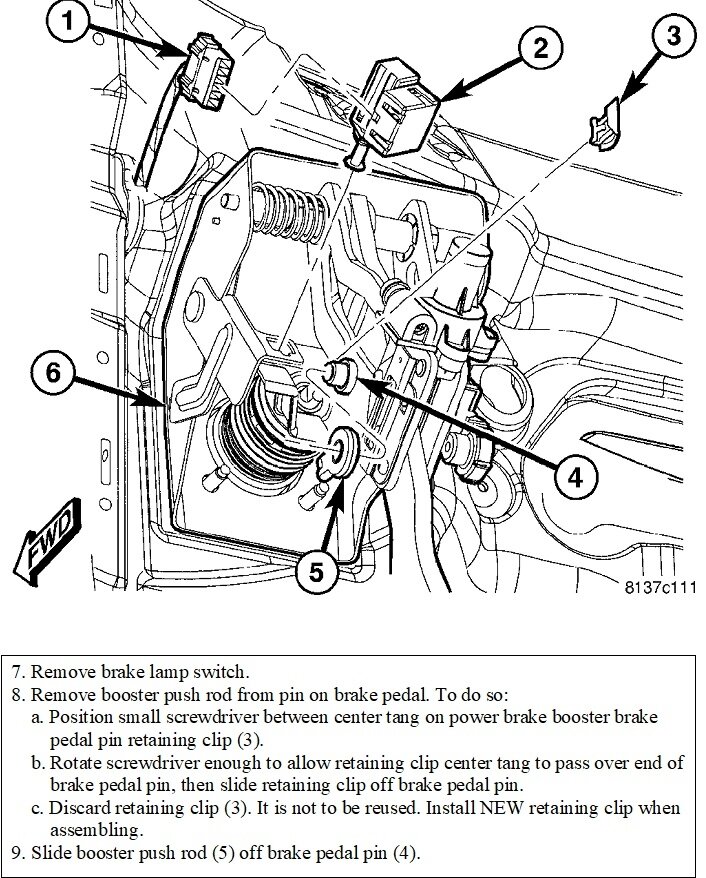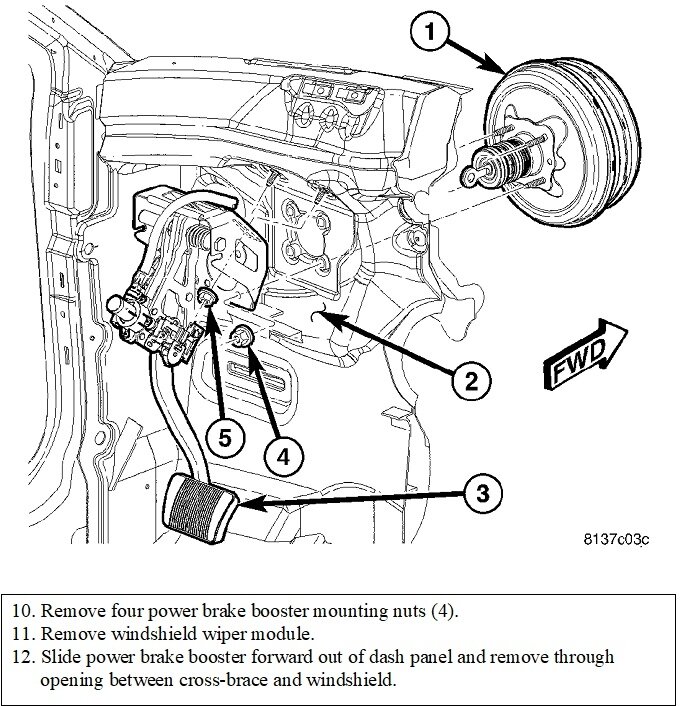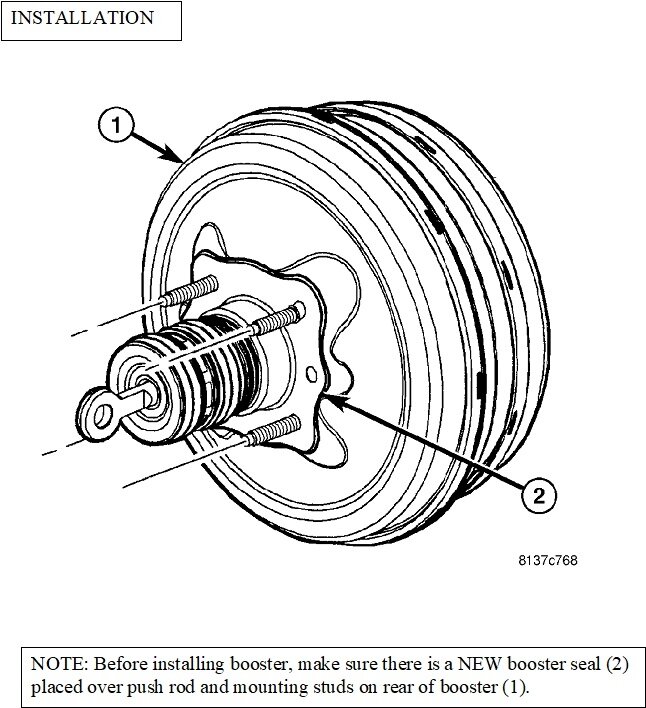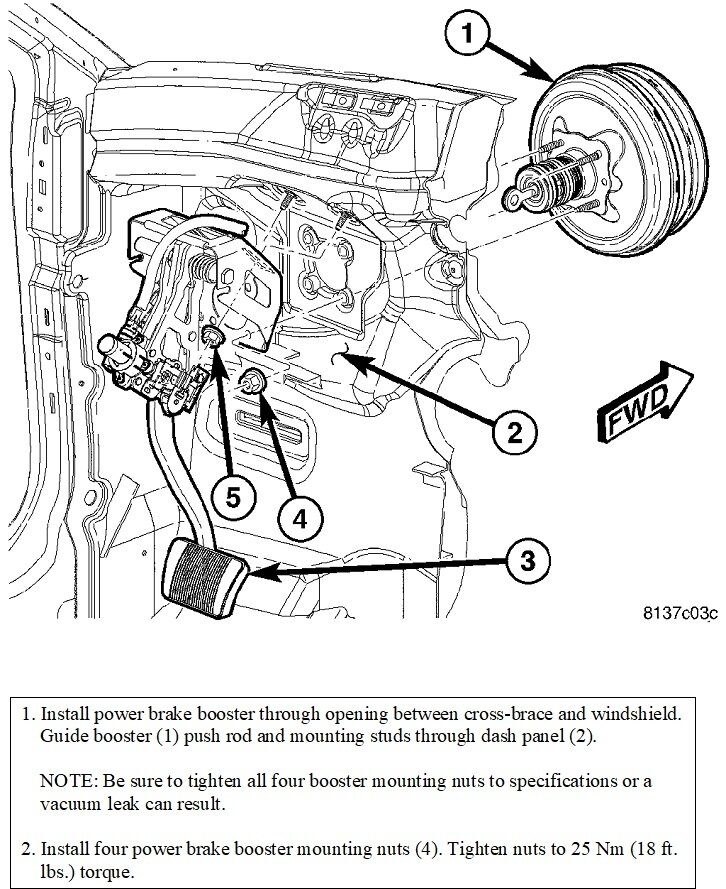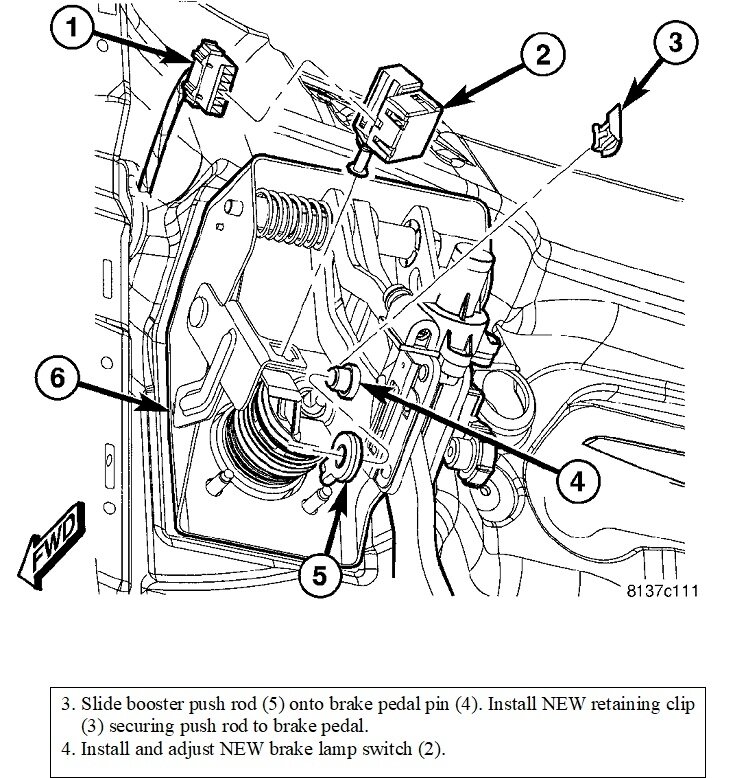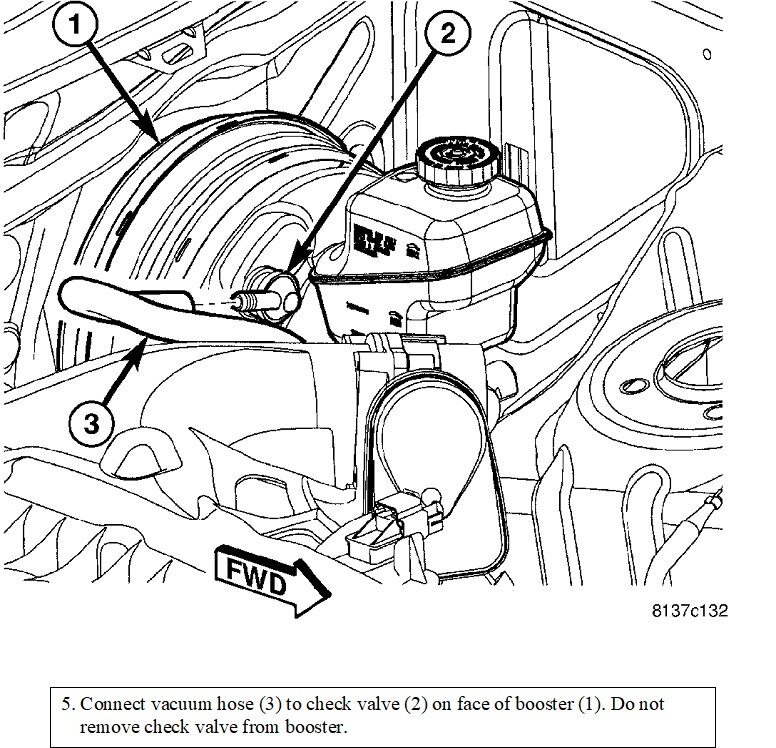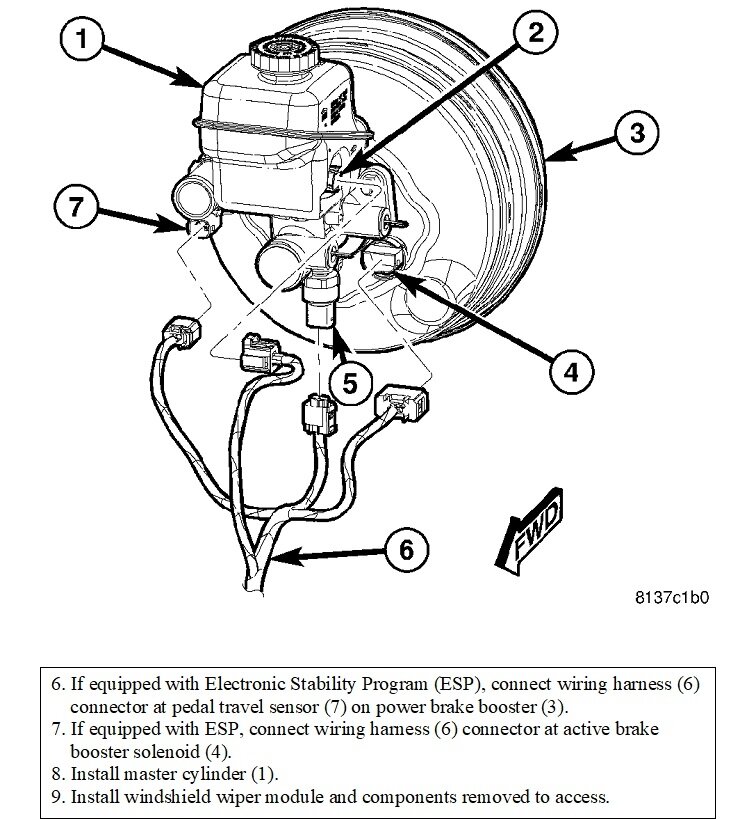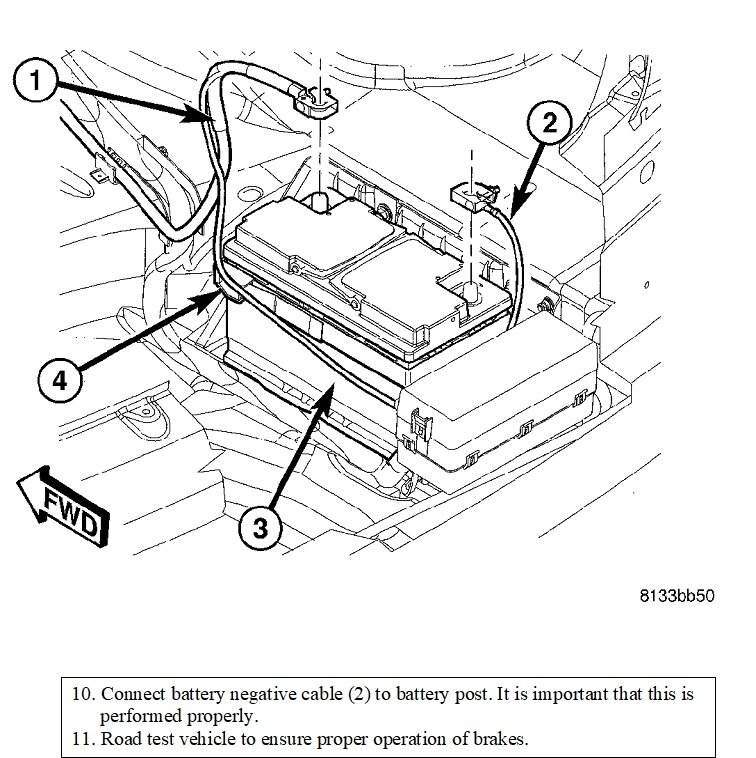Now you're in an area I have very little experience in. Brakes has been one of my specialty areas since the mid 1980s, but in that time, I only replaced one power booster, and the car owner had to teach me about his system. It was an unusual / uncommon design used on an Olds Alero, and failed because his wife dumped the car in a ditch. Those have two valves inside and one can dislodge from the impact of a crash. The replacement booster can be damaged the same way simply by laying it down while transporting it. Professionally rebuilt units come with a special cone around the valve with a notice to not remove it until the booster has been installed. That cone holds that valve in place.
Leave it to GM to dream up such a problem-ridden design. You and I would never believe there was a problem as there still were power brakes, but the owner could sense there was something different or abnormal. That does not apply to any other car model I've ever run into. I have to stop short and not say there's nothing wrong with your power booster, but from many years of experience, I can say this will be a first if the replacement solves the problem.
The only other power assist problem I was ever involved with was on an old AMC model. It turned out to have a defective check valve. A vacuum-operated booster will store enough vacuum to allow for three power-assisted stops after the engine stalls. That's supposed to allow you enough braking control to safely stop the car. With the leaking check valve, that reserve went away the instant the engine stalled, but more importantly, it let it bleed off when intake manifold vacuum was low, as in when accelerating or under high load conditions. The owner only had good power assist during coasting. A new check valve solved that.
Every Brakes class also includes a discussion of low power assist with old, tired engines that don't develop normal intake manifold vacuum. In the past that has been used as an excuse, but I don't know how deserved that was. I've seen plenty of old, tired engines when I was younger, and all of those cars had just fine power assist. This is a gray area that may have multiple parts to each story.
My next question has to do with your comment on the brake pedal pushing back. That is not a characteristic of a vacuum-operated power brake booster. That is a characteristic of a few brake systems that get their power assist from the anti-lock brakes. For example, my '93 Dynasty does not have a vacuum-operated power brake system. It has the Bendix-10 ABS that pumps and stores brake fluid in an accumulator at over 2000 psi. That fluid is used to pulse the brakes up to 30 times per second and to supply the power assist. That system will provide over 40 power-assisted stops after the ignition switch is turned off, or unlimited power-assisted stops until the battery runs down. A scaled-down version of that system was used on Caprice Classic police cars. Neither of those pushed back on the brake pedal, but a few other systems do. I would be hesitant to use that as a clue.
Before you replace the power booster, look at the vacuum supply hose and the check valve. I don't see any reference to a charcoal filter inline with that hose, but if there is one, that could cause a restriction. Consider checking the vacuum supply first. A potential clue here is you will have good power assist after idling the engine for half a minute, but less and less assist with each subsequent pedal application very soon after. It should not take long for that stored vacuum to build back up. That vacuum supply can also be tested with a vacuum gauge. On older models, the check valve had a second port to run the cruise control servo. You could attach the vacuum gauge to that. Yours is electronic, so you either have to tap into the hose or temporarily install an older check valve with that second port. You should see a good 18" Hg, (vacuum) during idling. It may drop a little when you press the brake pedal, but it should recover almost instantly. If it drops significantly, and even more if you pump the pedal repeatedly, there's a restriction in that vacuum hose.
I did see a reference to this booster having two diaphragms which is what made the Olds Alero's design so unusual. This isn't something we normally look into, so I don't know how common this is, but it does make me wonder if there is something that happened inside yours. If you pursue this, here's the instruction for replacing the power booster.
Images (Click to make bigger)
Thursday, April 20th, 2023 AT 4:08 PM
